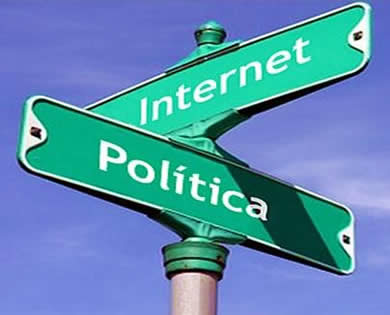Election 2012: What We Will See
Boiled down to key words and concepts, there are a handful that should figure prominently as we head into 2012. The first, oft-mentioned word is data. We have already examined the ways in which information—the gathering and utilization of it—is the lifeblood of any contemporary campaign. In terms of practical impact, we can expect that data analysts and engineers will be important, coveted jobs during the next presidential election. Indeed, it is quite likely that recruitment has already begun in order to fill these roles.
Besides data, the other key word (and concept) going forward is mobile. Murshed Zaheed predicts that mobile apps are set to explode, and campaigns will have to focus attention on how to properly calibrate this eventuality. For instance, an ad will appear very differently on a tablet vs. a PC or especially a smartphone. Creating content and communications appropriate and accessible for mobile devices is going to be a primary directive for the immediate and foreseeable future. Ad campaigns in general will only increase in sophistication and intensity. It was ingenious, for instance, when the Obama organization found ways to purchase ads for video games during the 2008 election. In addition to hyperlocalized messaging, campaigns are likely to integrate video clips into their online ads. It won’t be long until we see more specialized advertising opportunities, including sponsored tweets, which will add another layer of exposure for politicians to take advantage of.
Perhaps most important, as always, will be the ways citizens respond to and engage with the process. According to CEA’s study, 21 percent of U.S. adults are likely to participate in a “Tele-town hall” meeting, where supporters of candidates can attend a town hall meeting via the Internet. Obviously this speaks to the convenience as well as the interactive possibilities inherent in this forum. That one in five U.S. adults are willing to get involved reveals a growing comfort with electronic interaction as well as social media sites. Political strategists will be wise to continue reaching out to the younger demographic: 33 percent of young adults (ages 25-34) indicate willingness to participate in a “Tele-town hall” meeting, while 22 percent of the same group are likely to follow campaigns for national elections on social networking sites, such as Facebook and Twitter.
It is too early to predict how the 2012 election will play out, but we already have a reasonable idea of the ways technology will impact the process. It may not, in fact, be premature to imagine a viable path toward celebrity in the years ahead. Imagine a “citizen journalist”, properly informed and motivated, recording or creating content and putting it on YouTube. With compelling material and a bit of luck, a news channel may pick it up or even better, it goes viral. And just like that, fifteen minutes of fame, or even responsibility for helping change the outcome of an election. Or perhaps it could lead to something potentially more gratifying and lucrative, such as a job working on a political campaign!

